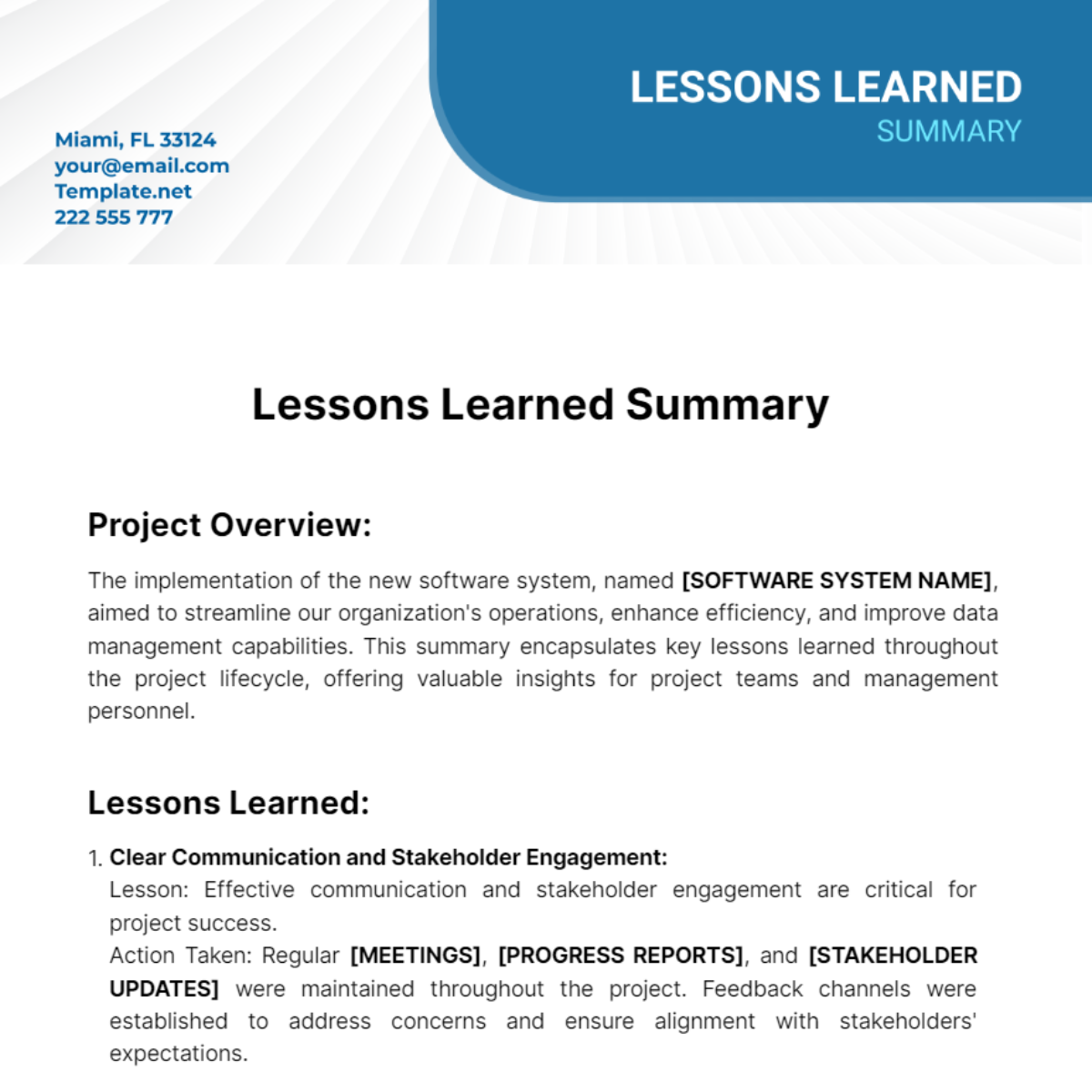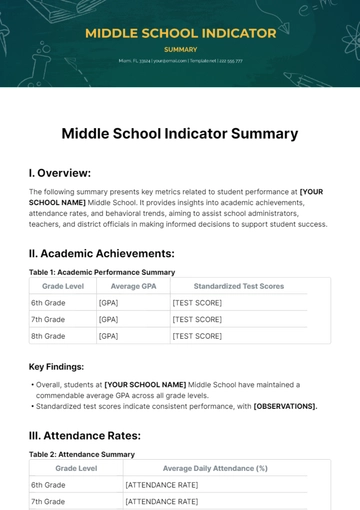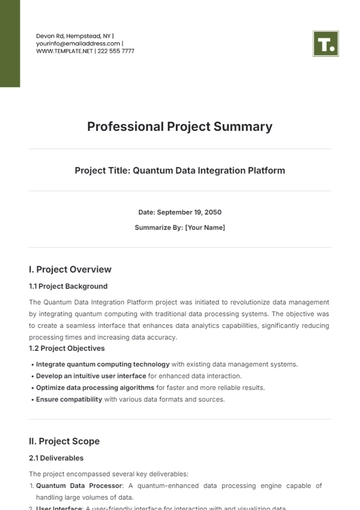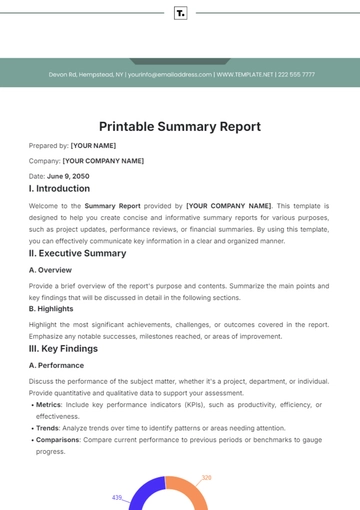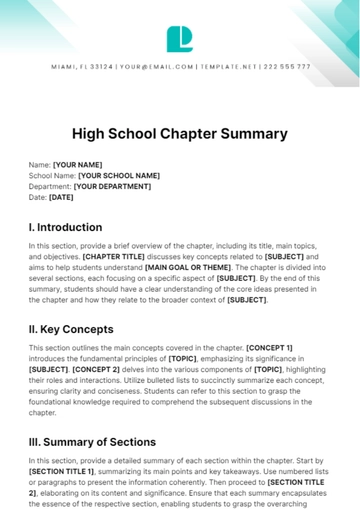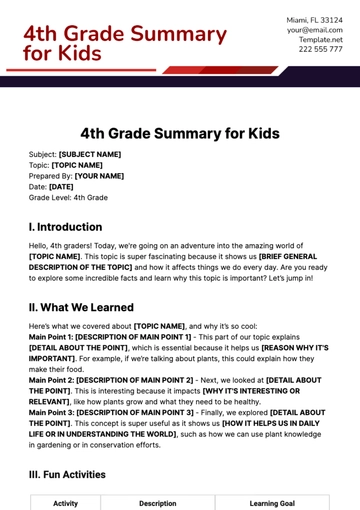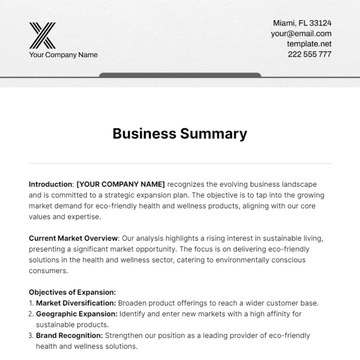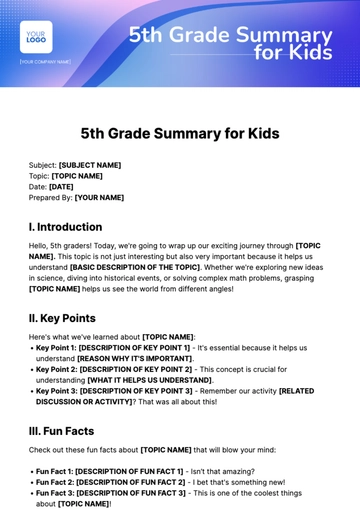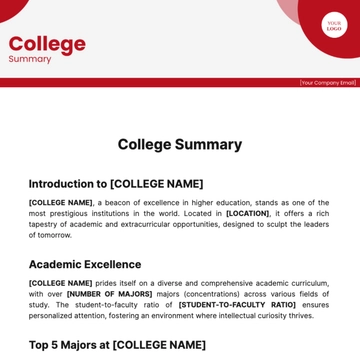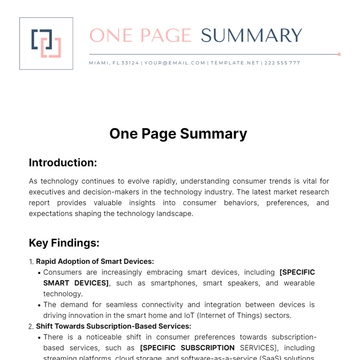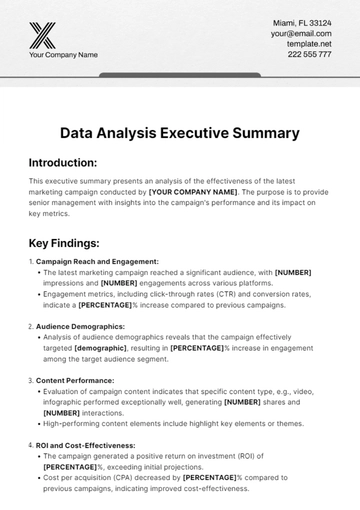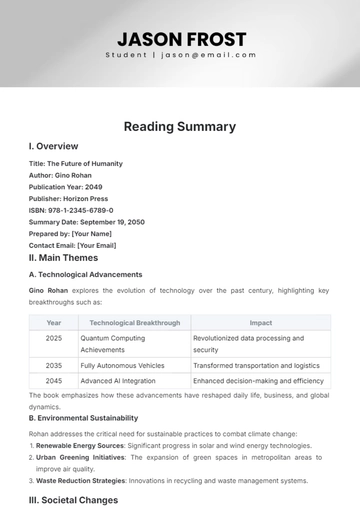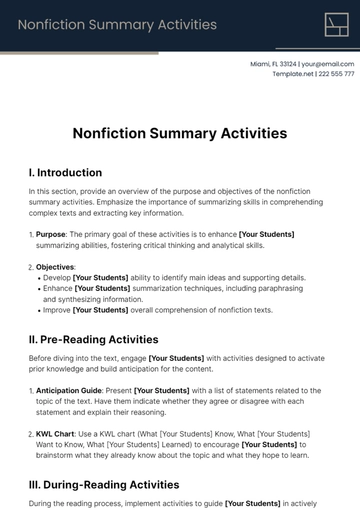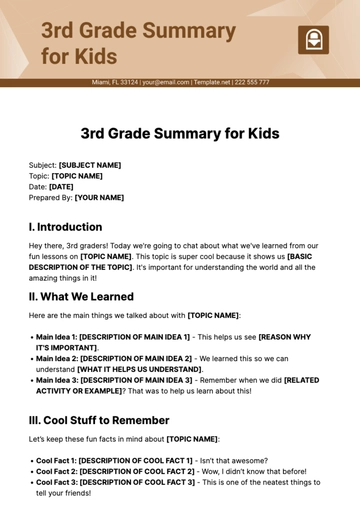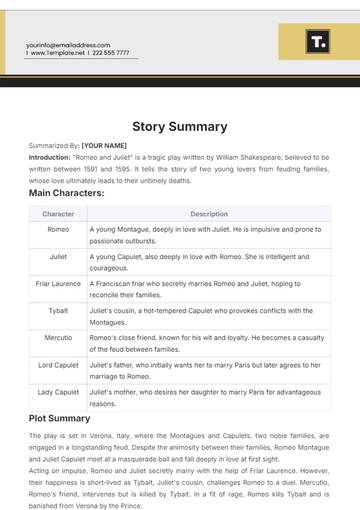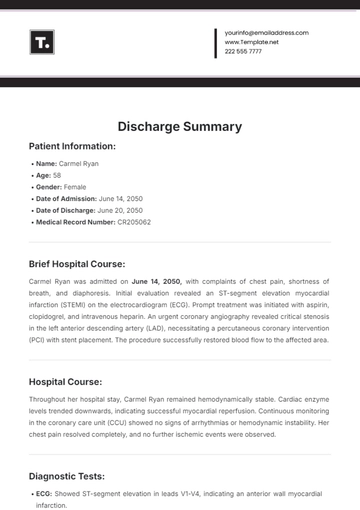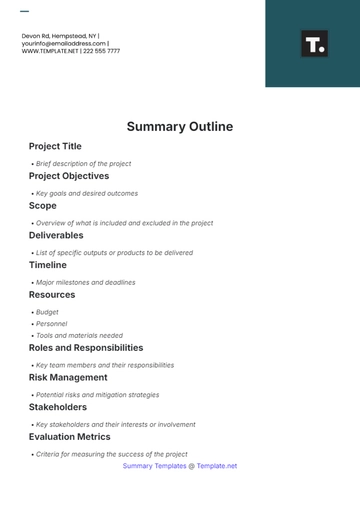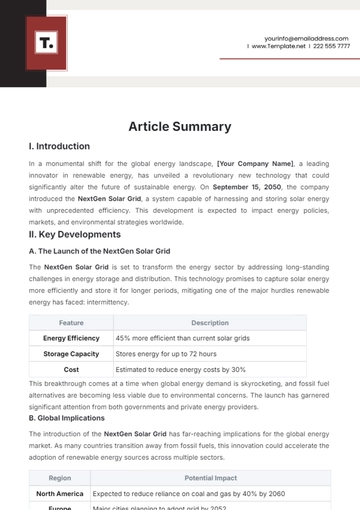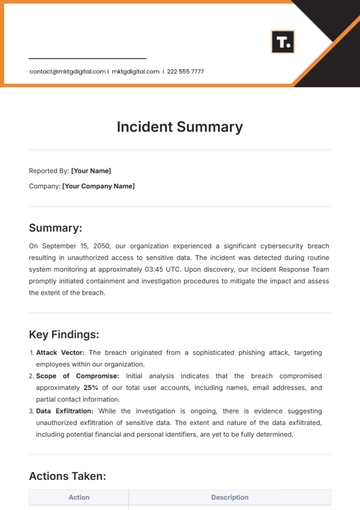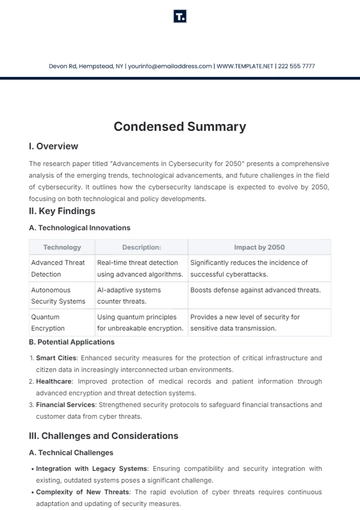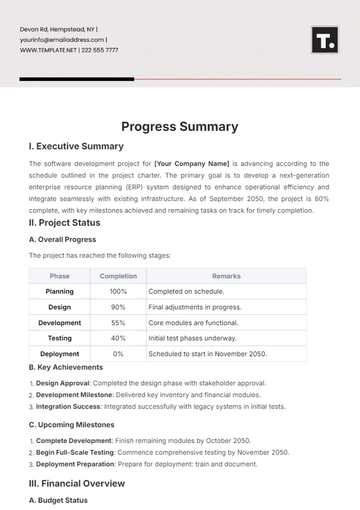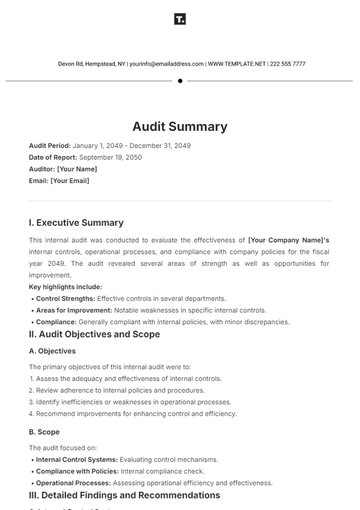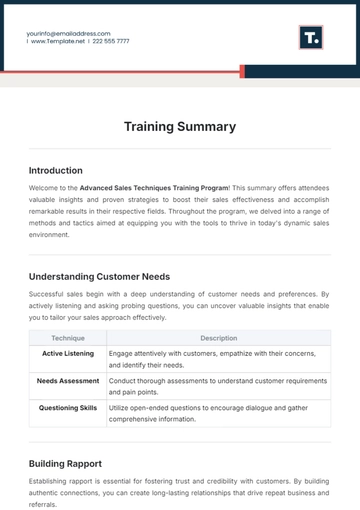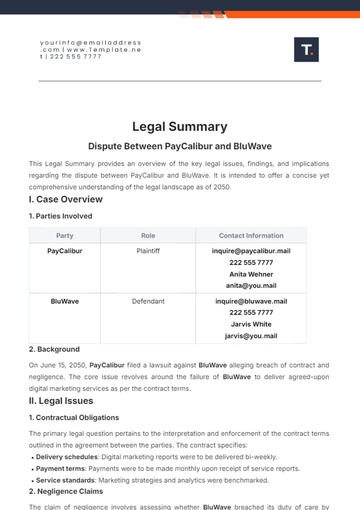Lessons Learned Summary
Project Overview:
The implementation of the new software system, named [SOFTWARE SYSTEM NAME], aimed to streamline our organization's operations, enhance efficiency, and improve data management capabilities. This summary encapsulates key lessons learned throughout the project lifecycle, offering valuable insights for project teams and management personnel.
Lessons Learned:
Clear Communication and Stakeholder Engagement:
Lesson: Effective communication and stakeholder engagement are critical for project success.
Action Taken: Regular [MEETINGS], [PROGRESS REPORTS], and [STAKEHOLDER UPDATES] were maintained throughout the project. Feedback channels were established to address concerns and ensure alignment with stakeholders' expectations.
Thorough Requirements Gathering and Analysis:
Lesson: Thorough requirements gathering and analysis are essential to avoid scope creep and meet user needs.
Action Taken: Extensive [STAKEHOLDER CONSULTATIONS], [WORKSHOPS], and [USER INTERVIEWS] were conducted to gather requirements. Requirements were documented meticulously and validated with stakeholders to ensure clarity and alignment.
Robust Testing and Quality Assurance:
Lesson: Robust testing and quality assurance processes are indispensable for software reliability.
Action Taken: Comprehensive [TESTING PLANS] were developed, including [UNIT TESTING], [INTEGRATION TESTING], and [USER ACCEPTANCE TESTING (UAT)]. Defect tracking and resolution mechanisms were implemented to address issues promptly.
Effective Change Management:
Lesson: Effective change management is crucial to mitigate resistance and facilitate adoption.
Action Taken: Change management strategies, including [TRAINING SESSIONS], [USER MANUALS], and [SUPPORT RESOURCES], were implemented to prepare users for system changes. Continuous support and feedback mechanisms were established post-implementation.
Continuous Monitoring and Improvement:
Lesson: Continuous monitoring and improvement are key to optimizing system performance and user satisfaction.
Action Taken: Post-implementation [REVIEWS] and [PERFORMANCE MONITORING] were conducted to identify areas for improvement. Feedback from users and stakeholders was incorporated into iterative enhancement cycles to drive continuous improvement.
Conclusion:
The implementation of [SOFTWARE SYSTEM NAME] presented valuable learning opportunities that have enriched our organization's project management practices. By embracing these lessons learned, we are better positioned to navigate future projects successfully and deliver impactful outcomes.
Summarized By: [YOUR NAME]
Summary Templates @ Template.net
